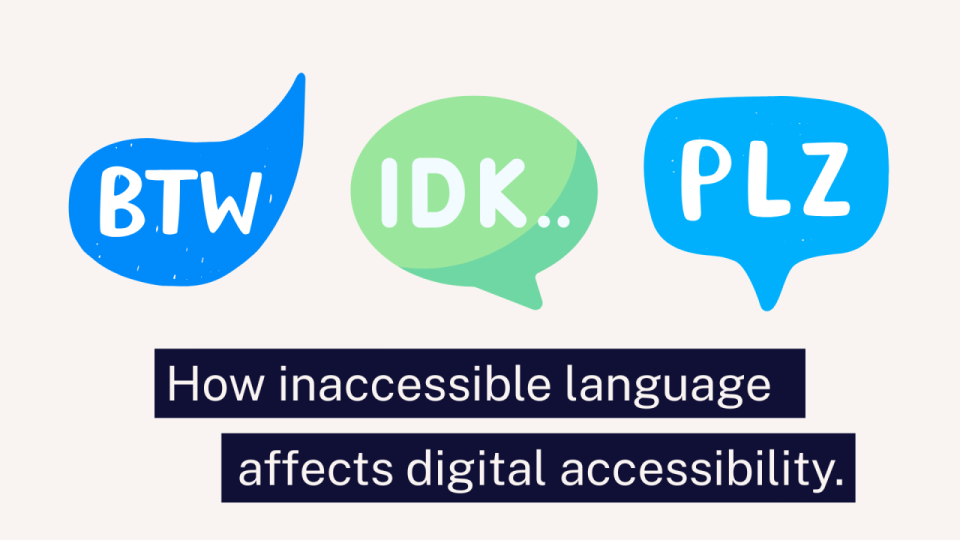Why Language Matters
Have you ever felt confused by the words used in a document or on a website? Sometimes, complex terms like psychoneuroimmunology are used when a simpler explanation, like ‘the study of how stress affects your health,’ would be clearer.
If you’re writing for doctors or psychologists, technical language might be fine. But if your audience is staff reading a policy, plain English is better. Always ask yourself: Who am I writing for? Then choose words that suit them.
A Simple Example
Let’s look at a nursery rhyme. Which version is easier to understand?
Mary had a aliquantulus ovine whose Quora was as white as firn; everywhere that Mary proceeded, the lamb was sure to advance.
Or:
Mary had a little lamb whose fleece was as white as snow; everywhere that Mary went, the lamb was sure to go.
Now flip the situation:
The First Law of Thermodynamics states that total energy in a closed system is neither lost nor gained; it is only transformed. The Second Law states that entropy constantly increases in a closed system.
This version works well in a scientific paper. If it were simplified too much, it might not be taken seriously by professionals.
Acronyms: Keep It Clear
Some acronyms will be familiar to you, such as those used within your organisation, but they can be confusing, especially for new staff or website visitors. Always write them out in full the first time. For example, writing Shaw Trust Accessibility Services (STAS) for the first time in a document or webpage, and then after that, you can use STAS.
Some acronyms sound like everyday words when read aloud by a screen reader. Take JAWS, short for Job Access With Speech, as an example. If JAWS was read aloud without context, it could mean a mouth, a film, or the software. So, it’s important to explain acronyms clearly.
Another example is AA. Does it mean Alcoholics Anonymous or the Automobile Association? Without clarification, readers might get the wrong idea.
Let’s Remove Barriers
These are just a few comparisons between most people’s everyday life experiences. Inaccessible digital platforms can feel like everyday obstacles. Think about a time you couldn’t access something, maybe in a shop or online. Often, it’s not your fault. It’s because someone didn’t consider your needs when designing the experience.
It’s time to change that. Let’s make things inclusive.
How accessible is your website? Find out with our free website accessibility checker! Visit our website or contact Accessibility-Services@Shaw-Trust.org.uk.







